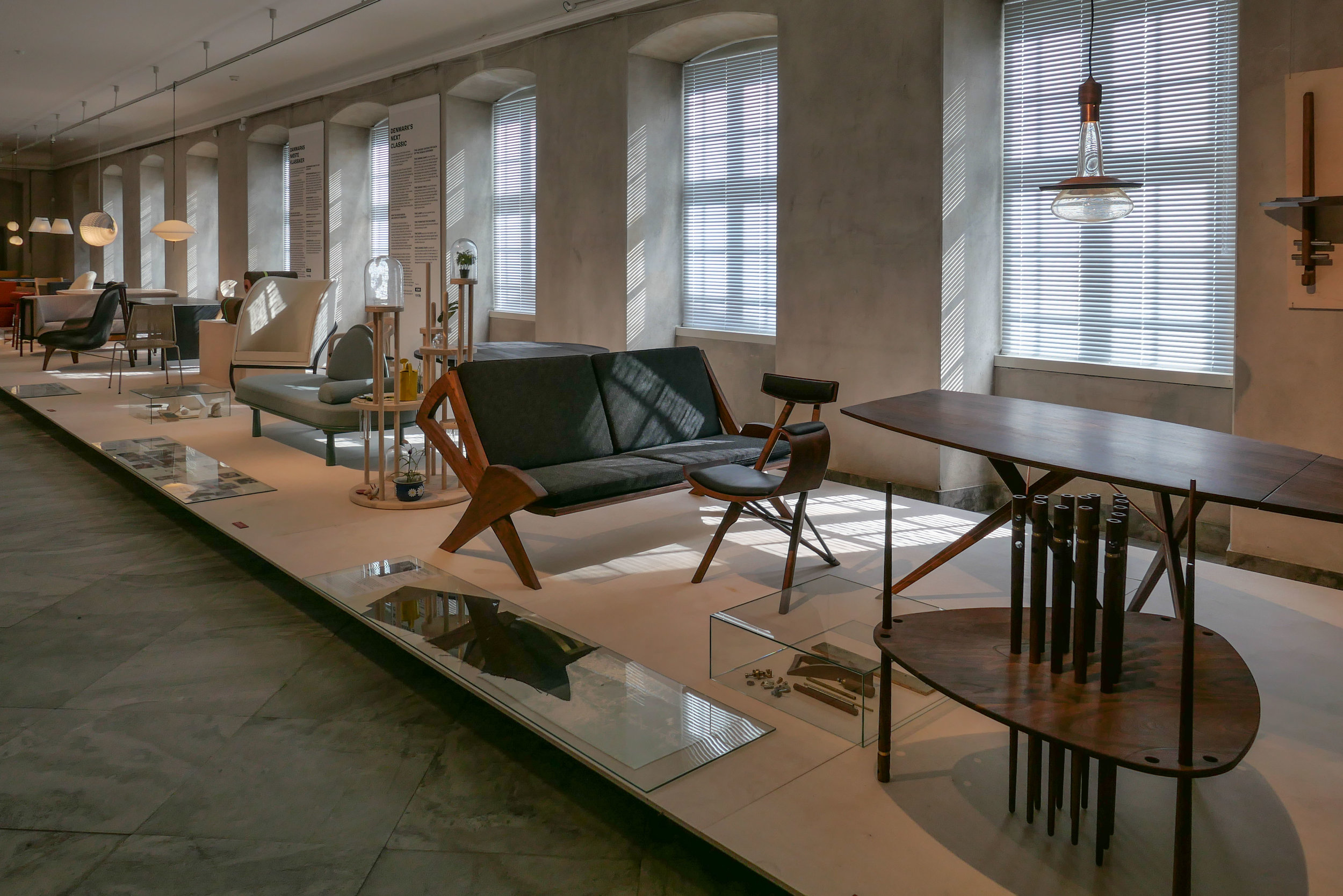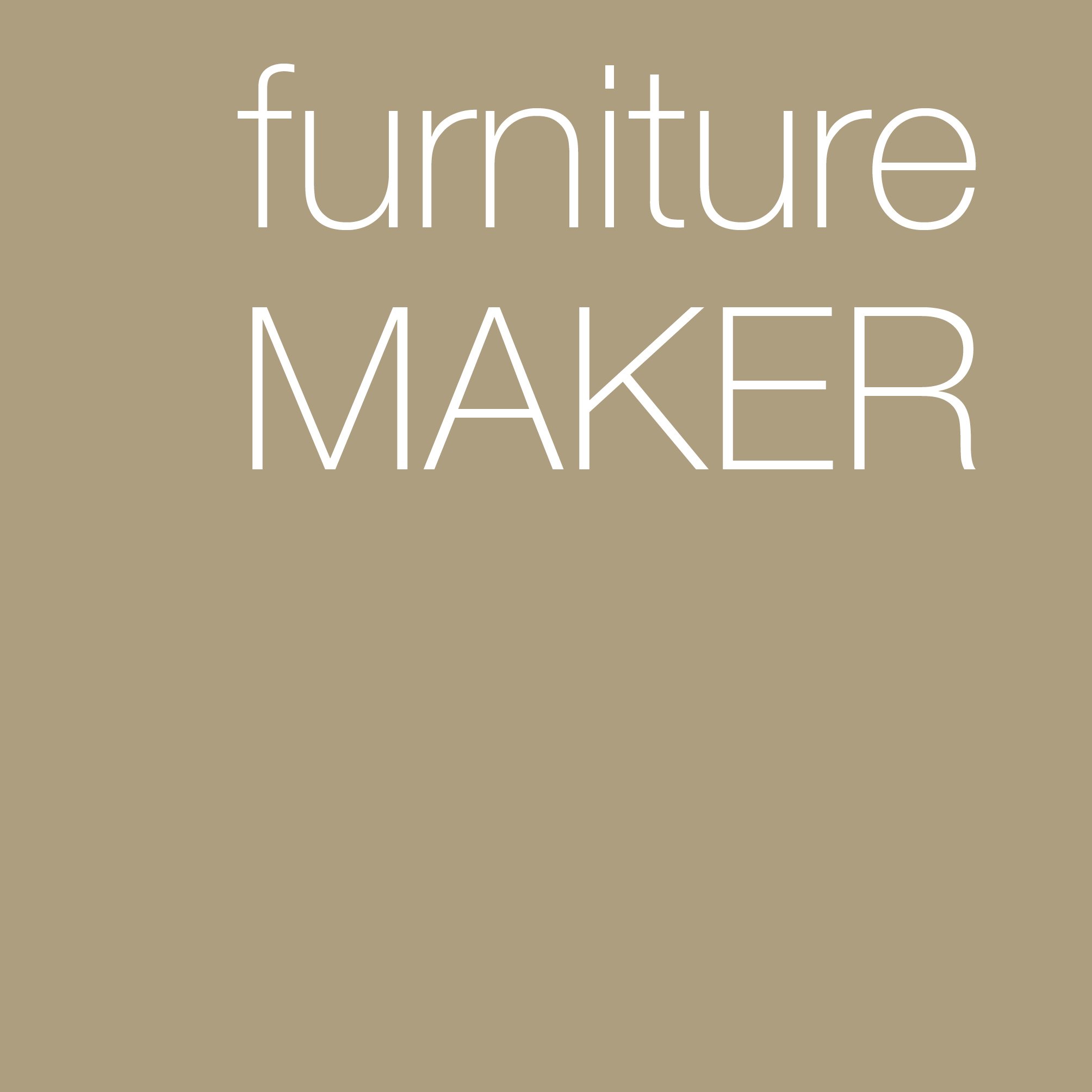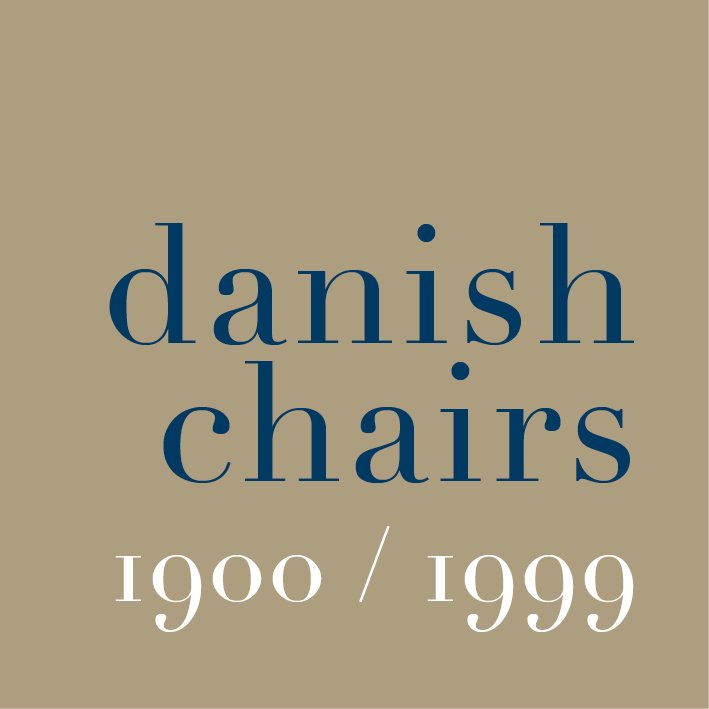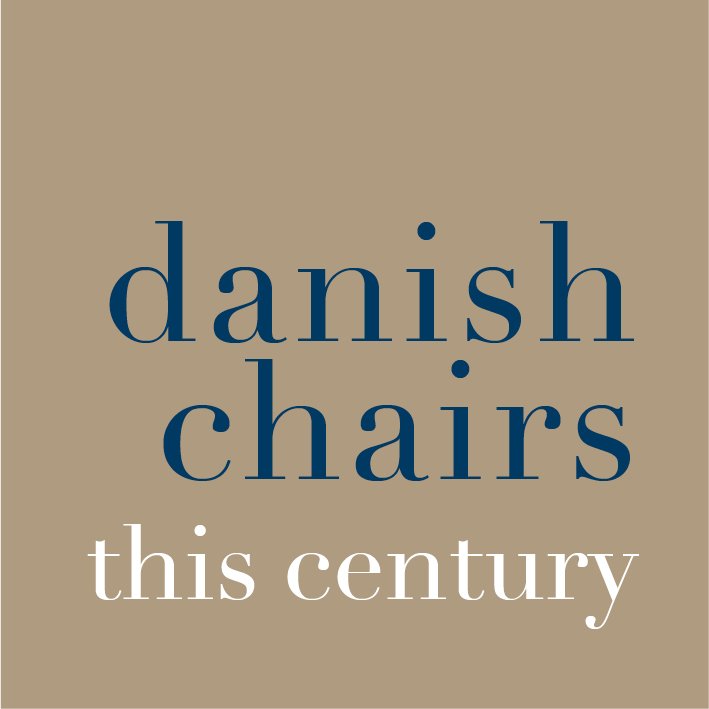Many readers, having got this far, will be saying that this is all pretty obvious. But curiously, although we spend so much time sitting down and although most people complain if a chair is uncomfortable, we don't often think about or talk about or mention or consider how many different types of chair construction there are or even about how the design of a chair should reflect what materials are used to make the chair.
If someone talks about their new car then most people listening want to know if it is a sports car or an estate car; a people carrier or an off-road vehicle and possibly much much more detail along with makers name and even colour and often the size of the engine. That information will all be logged away and used to assess (or do I mean judge) your choice. Tell someone you have just bought some new dining chairs and they might ask you where you bought them, or then again might not, but curiously, as soon as they walk into your house, an immediate and rapid assessment can be made, as fast or faster than any social media phone app, that will judge cost, style, possible comfort or not, your taste and what you are trying to say about your view of your own status. And all that from a chair and before they have even sat down on it.
In part the variety of chairs in a design store is, in some ways, simply a practical matter of numbers because in our lives we just get through more chairs. I'm only on my second bed, not counting beds when I was a child, and second ever dining table of my own and I've only had three sofas and the first of those was a soft foam sofa from Habitat that flipped out and was bought after I left university … brilliant for guests but with no frame, just foam - the bed not the guests - and eventually it disintegrated. I have nine chairs in my apartment right now and I can think of at least twelve others that have come and then gone on to other people through my adult life. Gone on to other people … interesting … I've only just realised that none have ended in a skip … not because of a saintly attitude to recycling but because you can usually find a new home for an old chair.
So why are chairs generally more important than we might normally acknowledge and why are chairs so important in Danish design? And no, he adds quickly, it's not because Danes spend more time than other Europeans sitting down.
Again the Side by Side exhibition, or specifically the film that accompanied the exhibition, provided some important clues about Danish chairs. Until around 1900 furniture in the countryside, for homes on farms or in villages in Denmark, were made either by the families themselves or by jobbing carpenters and village joiners. In towns, and particularly in a wealthy city like Copenhagen, similar chairs to the country chairs would be found in the homes of poorer families but furniture for the wealthy and for the larger and larger numbers of affluent professional and middle-class families were made by specialist furniture makers, usually cabinetmakers. Designs were often specific to each individual commission, so not generally produced in large numbers, but craftsmen did use pattern books, so common types emerged, and cabinetmakers could develop specific styles or types that were considered to be their signature pieces. And, of course, in a city like Copenhagen in the 16th, 17th, 18th or 19th century people would have been aware of what was fashionable or not.




















